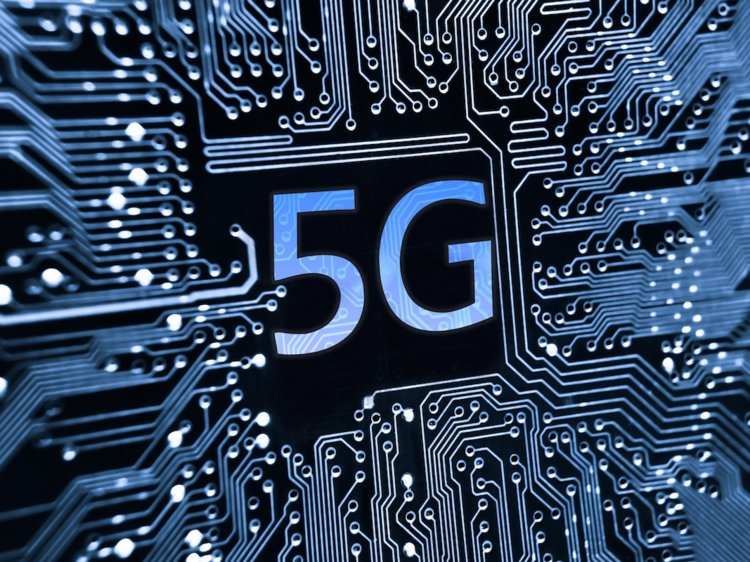What is 5G?
by Heng Zhi Cheng
20 Apr 2019
Simply put it, 5G is the next generation of broadband connection. Obviously, with any type of technological advancements, you’ll see faster network speeds, but the biggest changes will happen when carriers have all deployed high-frequency millimeter wave technology to tap radio wavelengths that have been unusable in the past.

How much faster is 5G?
5G includes low-frequency networks which will use the same radio bands that current technology uses, but changes to signal encoding (primarily channel polarization which Huawei used to obtain 27Gbps speeds using existing networks) and wider channel bands will allow for speeds up to 50% better than the best 4G LTE network has to offer today.
So….
5G will enable the transmission of terabytes of data in minutes and 4K video downloads in seconds. Imagine using up your whole month’s data plan in a few seconds! How is 5G going to impact our lives in the future?

5G technology will help push forward a great technological feat: the driverless car. Automakers have made great strides in the development of GIS mapping and other resources necessary for directing driverless vehicles, but they are limited by wireless communication issues. In particular, latency problems with 4G technology undermine the safety of automated automobiles. When these cars encounter a road obstacle, they have to communicate with a data center, which instructs them on how to respond. If there is a lag, however, the car will not be able to respond in time, potentially causing it to crash. 5G technology resolves this problem by dramatically reducing latency. Cars and data centers can thus communicate without delay, allowing driverless technology to make decisions quickly enough to be effective. This makes the vehicles significantly safer, removing one of the last remaining barriers to their use.
But, there are disadvantages too
One of the key advantages of 3G cell towers was that they could cover immense territory with relatively few cells. This is because the network did not require as much bandwidth, meaning networks had to deploy fewer cells. When technology progressed to 4G networks, the cells were producing more bandwidth, meaning the coverage radius of each cell was smaller. People may have noticed that their coverage may drop more often than on their 3G network. As the 5G network gets rolled out, this trend will continue. More cell towers will be required to produce this immense bandwidth because the cells are not able to cover as much space as a 3G or 4G cell. Because more cells will need to be rolled out, 5G users should expect that their coverage may not be as widespread at first.
When would it be available?
The year 2020 is the date that most companies have set to make 5G available in the market. But, who knows? With technology moving faster than anything else, don’t be surprised if you’re connected to a 5G network even earlier!
Availability in Singapore
Singtel and Ericsson has already launched Singapore’s first 5G pilot network at one-north, the country’s science, business and IT hub in late 2018. However, those hoping to experience super-fast and low-latency 5G speeds though, will have to wait, as the carrier did not have any plans to make 5G available to consumers just yet. Instead, Singtel plans to test drone delivery trials, as well as autonomous vehicle driving over 5G.